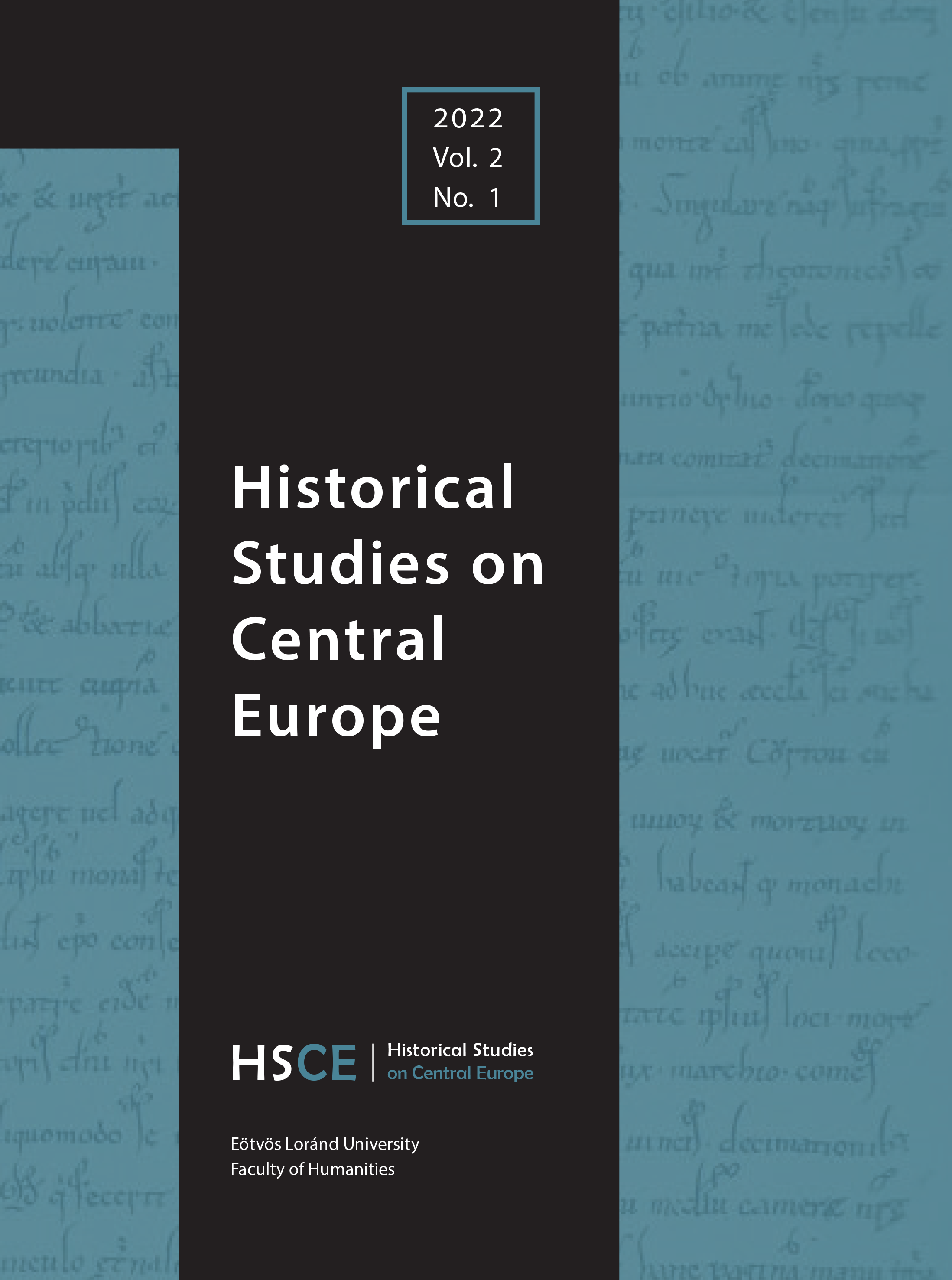A Comparative History of Local Resilience? On the ERC Consolidator Grant Project ‘Negotiating Post-Imperial Transitions: from Remobilization to Nation-State Consolidation (Nepostrans)’
Published 16-06-2022
Keywords
- Austria–Hungary, Habsburg Empire, state, society, transition, continuity, regional level, local level, histoire croisée
How to Cite
Copyright (c) 2022 Gábor Egry

This work is licensed under a Creative Commons Attribution-NonCommercial 4.0 International License.
Abstract
The classic accounts of the history of the Habsburg Empire emphasized the importance of the conflict of nationalities and alleged that national oppression was the root cause of the Empire’s dissolution in 1918. Based on new results, however, the Nepostrans ERC project has raised two important issues: caution against the idea of all-pervasive nationalisms, and the perspective that the disappearance of Austria–Hungary was not a clear and sharp break and that continuities were just as important as ruptures. Built on concepts like ‘phantom boundaries’ (Phantomgrenzen) and New Imperial History, the focus of the Nepostrans ERC project is a dual one. The first aspect centers on the transformation of imperial society, governance, and institutions that emerged due to the war effort, and the second on the transition out of the imperial framework as the key consequence of the latter, with special attention given to social and institutional consequences and the enabling of new statebuilding efforts at a local level. The fundamental issues addressed by the project—running from 2018 to 2023—are the various relations between statehood and society at the local and regional levels that are examined in nine cases: Tyrol, Hradec Králové (Königrätz), southern Banat, Znojmo (Znaim), Prekmurje (Muravidék), Rijeka (Fiume), Kolomiya (Kolomea), Baia Mare (Nagybánya), and the outskirts of Budapest. The cases were primarily selected to represent typical variations in the social and political configuration during investigated period, 1917–1930.


